Organizing a kitchen island effectively can significantly enhance the functionality and aesthetics of your kitchen. The kitchen island often serves multiple purposes: a workspace for meal preparation, a storage hub, a dining area, and even a social gathering spot. Because of its versatility, it’s essential to organize it in a way that maximizes utility without sacrificing style. One of the first steps in organizing a kitchen island is to define its primary function. If you use it primarily for food preparation, focus on creating a layout that makes cooking efficient, with easy access to utensils, cutting boards, and ingredients. For those who entertain often, a more open layout that includes seating and space for serving food might be a better fit.
Storage is a key consideration when organizing a kitchen island. Many islands come with built-in cabinets, drawers, and shelves, which are ideal for stowing away kitchen essentials. To maximize this space, categorize your items by function. For example, place cooking utensils and pots in the drawers closest to the stovetop, while baking supplies can be stored on lower shelves. If you have open shelving, consider using baskets or bins to keep everything tidy while maintaining easy access. Additionally, installing pull-out shelves or adding dividers inside drawers can help organize smaller items like spices or cutlery more efficiently.
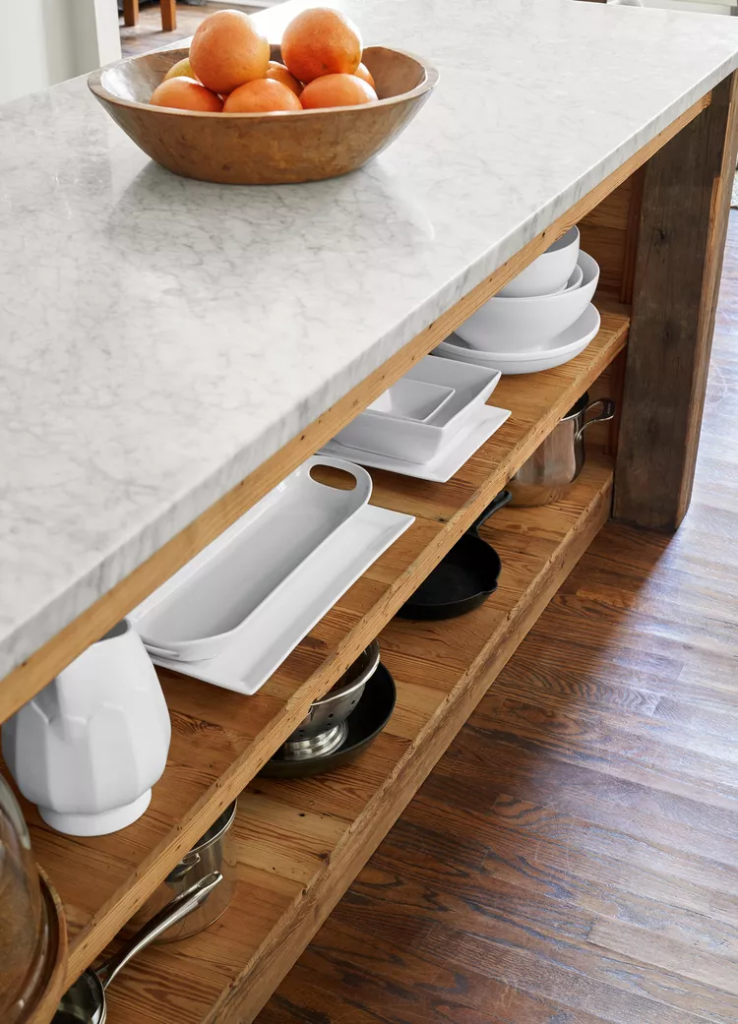
The top of the island is prime real estate and should be treated as such. Keeping the countertop clutter-free not only makes the space more visually appealing but also keeps it functional. If you need to keep frequently used items, like salt and pepper shakers, oils, or a cutting board, on the counter, try to limit it to just a few essentials. Utilize decorative trays or containers to group items together, which can help minimize the appearance of clutter. This approach also makes it easy to clear off the countertop when it’s time for meal prep or hosting guests.
Designating specific zones on your kitchen island can further enhance its organization. For example, you could allocate one side of the island for food prep, complete with knives, cutting boards, and bowls, while the other side is dedicated to eating, with placemats, napkins, and utensils. By clearly defining these zones, you create a more efficient workflow, and everyone in the household knows where things belong. This zoning approach can also make it easier to keep the space tidy, as items have designated homes.

Lighting plays a surprisingly important role in how your kitchen island functions. Good lighting can help you maintain organization by making sure everything is visible, especially in drawers and cabinets. Consider installing under-cabinet lighting or pendant lights that illuminate the workspace without casting shadows. This is particularly useful if you use your kitchen island for detailed tasks like chopping vegetables or following a recipe. Bright, well-placed lighting ensures that you can see everything clearly, which reduces the likelihood of misplaced items.
Utilizing vertical space is another smart tactic for organizing a kitchen island. Hooks, rails, or magnetic strips mounted to the sides of the island can be used to hang utensils, towels, or even pots and pans. This not only frees up counter and drawer space but also keeps essential tools within easy reach. Additionally, consider adding a pot rack above the island if your kitchen layout allows for it. This can serve as both a storage solution and a design feature, giving your kitchen a more professional, culinary feel.
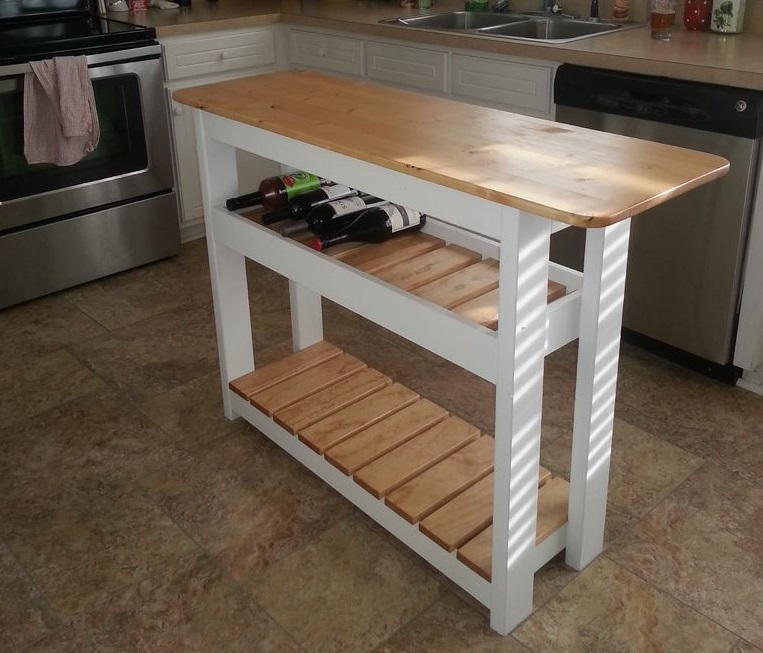
If your kitchen island includes seating, it’s important to organize this area thoughtfully as well. Barstools should be easily accessible and positioned in a way that doesn’t block movement around the island. Consider using the space beneath the island seating for additional storage. Some islands have cabinets or shelves on the seating side, which can be used to store items that aren’t needed as frequently, such as holiday dishes or large serving platters. This hidden storage helps maintain a clean, open look without sacrificing practicality.
Incorporating multipurpose storage solutions into your kitchen island can enhance its functionality. For example, installing a small wine rack or cooler in one of the island cabinets adds a level of sophistication and convenience, especially for those who enjoy entertaining. A built-in spice rack or pull-out pantry can also transform your island into a mini cooking station, saving you trips across the kitchen while prepping meals. The key is to identify your needs and then customize the storage to suit your lifestyle.
Organizing your kitchen island for entertaining requires some additional considerations. If you frequently host gatherings, you might want to leave a portion of the island’s surface clear for serving food and drinks. Keep your serving dishes, trays, and utensils in the closest drawers or cabinets to streamline the process. You might also want to install outlets on the side of the island for easy access to small appliances like a blender or coffee maker, allowing guests to serve themselves while you focus on cooking.
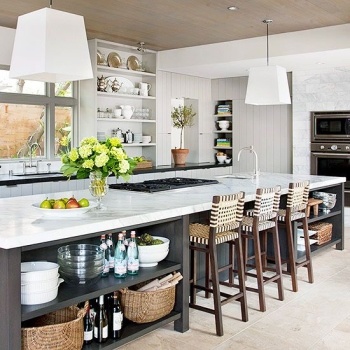
Another important aspect of kitchen island organization is managing waste. Whether you’re prepping food or cleaning up after a meal, having a convenient place for trash and recycling is crucial. Some islands have built-in pull-out bins, which keep garbage out of sight but within easy reach. If your island doesn’t have this feature, consider placing a small, stylish trash can or compost bin near the island. This makes it easier to clean as you cook, keeping the space tidy without requiring frequent trips to the main trash bin.
When organizing the kitchen island, it’s important to consider how the island complements the rest of your kitchen layout. The flow between the island and other kitchen zones, like the stove, sink, and refrigerator, should be smooth. Items stored on the island should be chosen based on how often you use them to these areas. For example, keep pots and pans on the island if it’s near the stove, or store cleaning supplies if the island is closer to the sink. Thoughtful planning of item placement ensures the kitchen functions as a cohesive unit.
Maintaining an organized kitchen island also requires a commitment to decluttering regularly. Every few months, go through the cabinets, drawers, and shelves to assess what you actually use and what’s just taking up space. Donate or discard items that haven’t been touched in a while, and reorganize the remaining items to optimize functionality. By keeping only the essentials, you’ll prevent your kitchen island from becoming a catch-all for miscellaneous items, ensuring it remains a highly efficient workspace.

A minimalist approach can sometimes be the best strategy for organizing a kitchen island. Instead of trying to store everything in one place, prioritize the items you use most frequently. Avoid overcrowding drawers and cabinets, as this can make it harder to find things when you need them. A clean, simple island setup not only looks better but also functions more effectively, allowing you to move through tasks without unnecessary distractions.
Personalizing your kitchen island can make organization easier and more enjoyable. For instance, if you love baking, designate an area of the island specifically for baking tools and ingredients. Keep your favorite measuring cups, spatulas, and mixing bowls in dedicated drawers or on a nearby shelf. Similarly, if your island is often used for family dinners, store plates, napkins, and utensils within arm’s reach. Tailoring the island’s organization to fit your lifestyle will ensure it works for you in the long term.
Finally, think about the aesthetics of your organized kitchen island. The island is often a focal point in the kitchen, so how it’s organized and styled will influence the overall feel of the space. Use decorative elements like fruit bowls, cookbooks, or plants to add a personal touch without cluttering the surface. Choose storage solutions that blend with the design of your kitchen, whether that’s sleek modern bins or rustic wooden crates. The goal is to create a space that feels both functional and inviting.

Common Mistakes to Avoid
One common mistake in kitchen island organization is trying to do too much. Overloading the island with too many tasks—cooking, dining, storage, and entertaining—can result in a cluttered and inefficient space.
Another mistake is not properly zoning the island for specific tasks, which can lead to disorganization and a lack of clear functionality.
Additionally, failing to regularly declutter the island will cause it to accumulate unnecessary items, reducing its effectiveness. Poor lighting is another issue; without proper lighting, even the best-organized island can feel dark and cramped. Lastly, ignoring vertical space is a missed opportunity for added storage and efficiency.
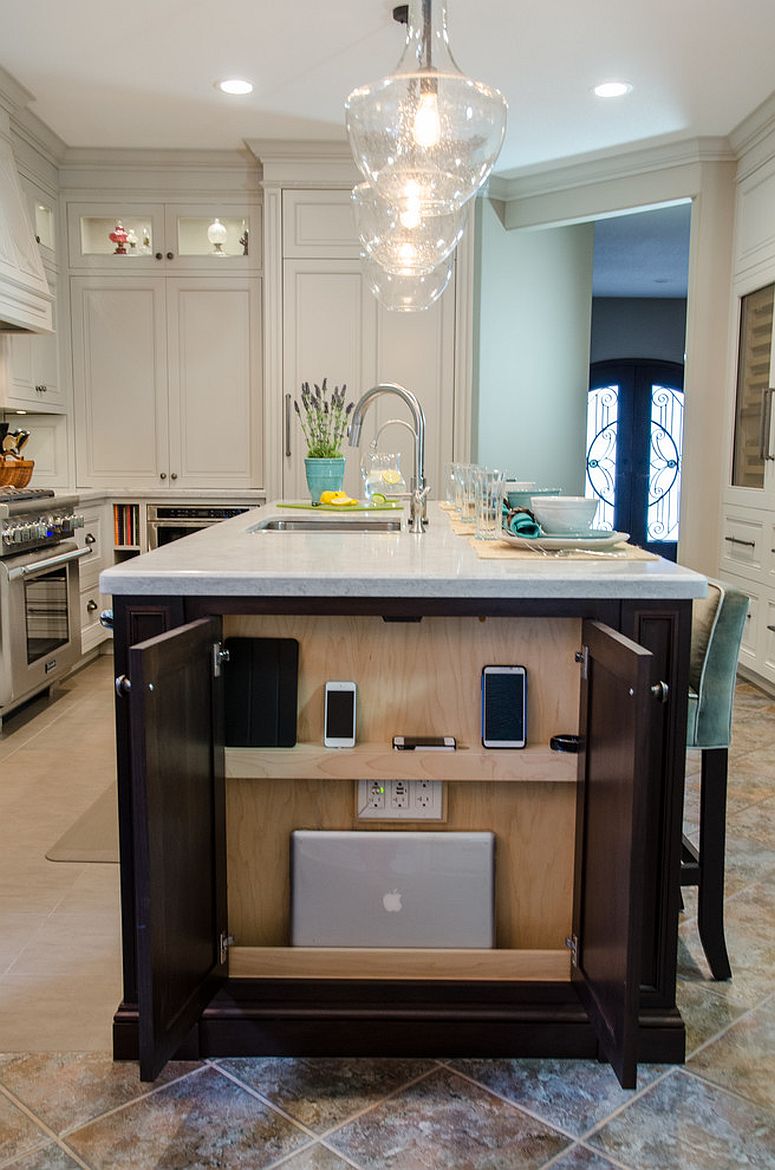
What’s the best way to organize a kitchen island?
The best way to organize a kitchen island is to define its primary function first. Decide if it will be primarily for meal prep, dining, or storage, then allocate space accordingly. Use drawers and cabinets for frequently used items, designate zones for different tasks, and keep the countertop clutter-free for maximum efficiency. Incorporating lighting and utilizing vertical space, such as adding hooks for utensils, can further enhance organization.
How can I make my kitchen island more functional?
To make your kitchen island more functional, install multipurpose storage options like pull-out shelves, spice racks, or wine storage. Clear off the countertop by storing small appliances in cabinets and using trays to organize frequently used items. Ensure there’s adequate lighting, both overhead and under cabinets, and consider adding outlets for small appliances. Define specific zones for food prep, dining, and storage to streamline your workflow.
What should I store in my kitchen island?
Store items that you use frequently in your kitchen island, such as cooking utensils, pots, pans, and prep tools if you use the island for cooking. If the island is used for dining, store placemats, napkins, and silverware. You can also use the island for specialized storage, such as a built-in wine rack, spice drawers, or extra pantry space, depending on your needs.
How do I keep my kitchen island clutter-free?
Keeping your kitchen island clutter-free involves strategic organization. Store most items in drawers and cabinets, leaving the countertop clear except for a few essentials. Use trays or containers to group items on the countertop, and regularly declutter by evaluating what you use versus what’s taking up space. Keep a designated area for mail, keys, or other everyday items to prevent them from piling up on the counter.
Can I add storage to an existing kitchen island?
Yes, you can add storage to an existing kitchen island in several ways. Installing hooks or magnetic strips on the sides can create extra storage for utensils or towels. Adding shelving units, pull-out drawers, or even a pot rack above the island can maximize vertical space. If the island has an open space underneath, consider adding baskets or bins to organize items.
What kind of lighting is best for a kitchen island?
Pendant lights or chandeliers above the kitchen island provide both functional lighting for tasks and aesthetic appeal. Under-cabinet lighting is also useful for illuminating work surfaces and storage areas, especially in dimly lit kitchens. Opt for adjustable lighting that can provide both bright task lighting for meal prep and softer ambient lighting for dining or entertaining.

Cabinets for Kitchen: Antique Kitchen Cabinets
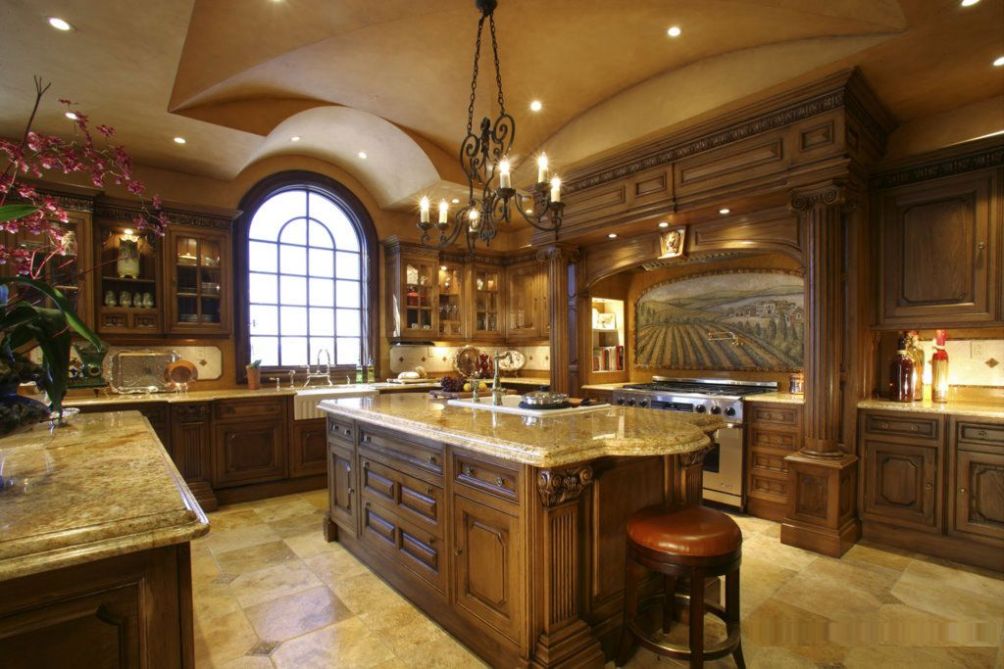
Tips For Kitchen Island Organization Ideas

Wine Storage Ideas For Those Who Don’t Have A Cellar
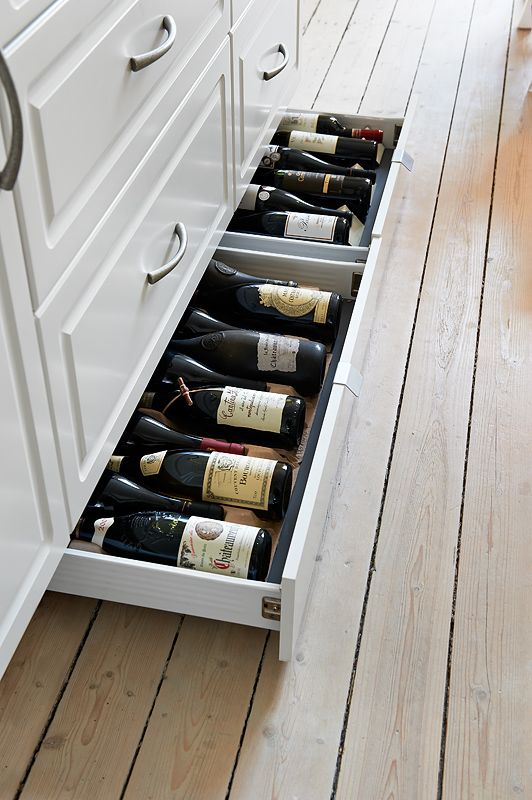
Converting Lower Cabinets to Drawers
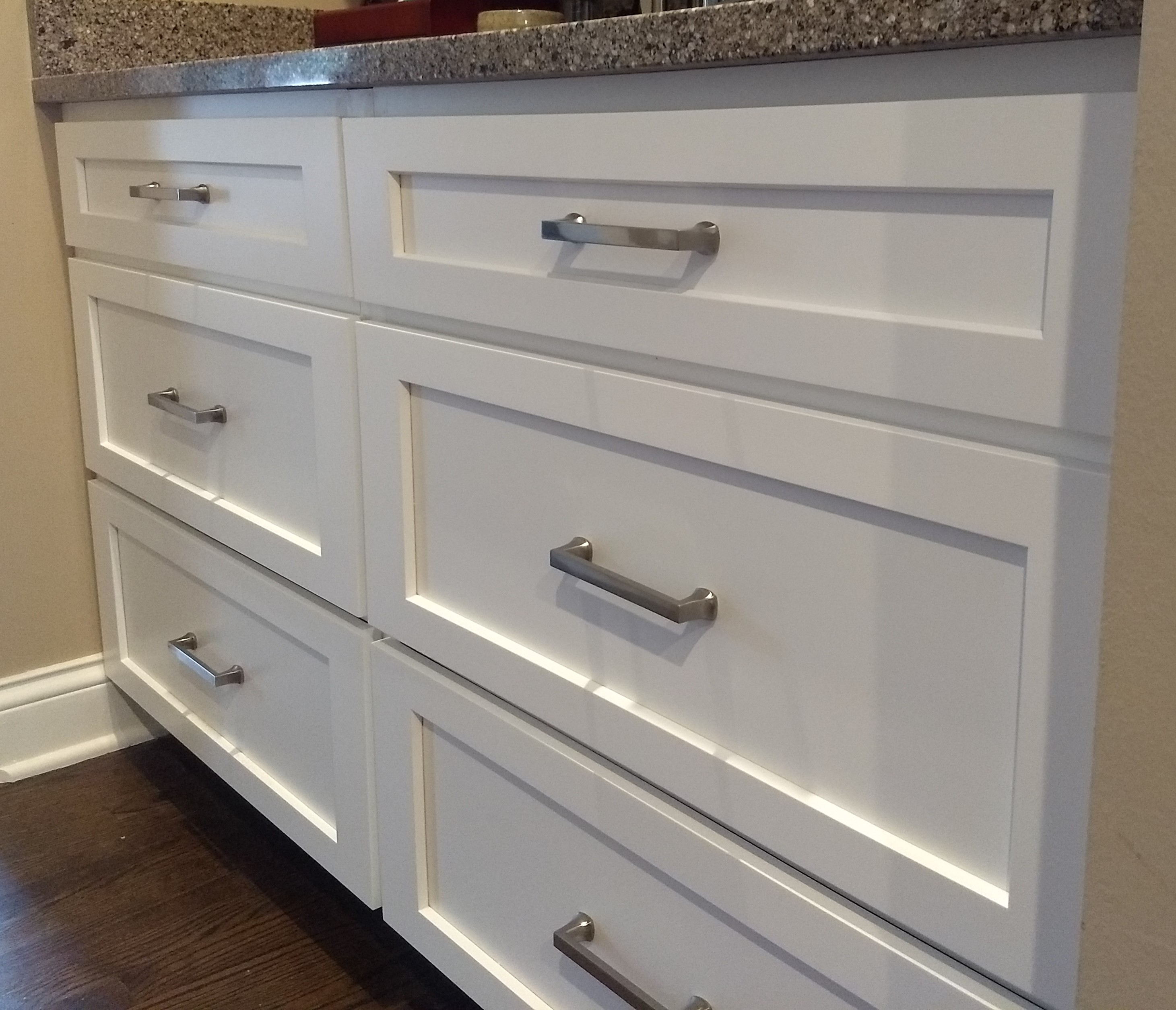
Beautiful Kitchen Ceiling Designs That You Will Adore
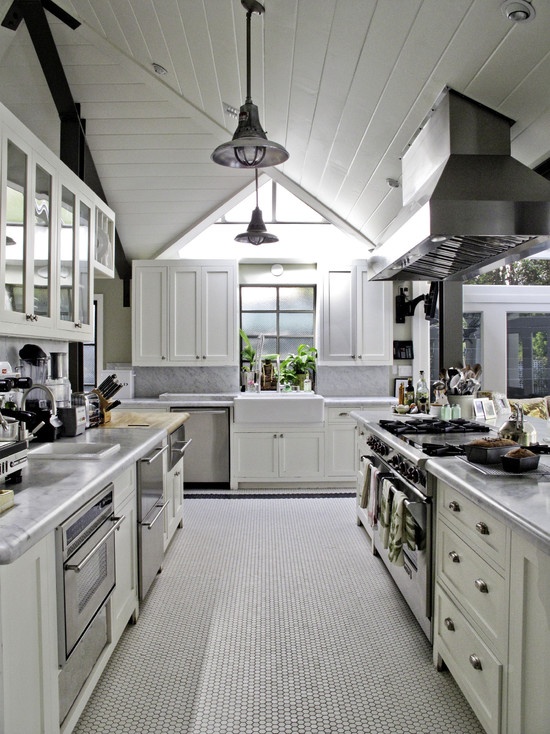
Related Posts:
- Affordable Kitchen Islands With Seating
- Kitchen Island Sink Size
- How Do You Make A Kitchen Island
- Kitchen Island For Studio Apartment
- 5 Foot Long Kitchen Island
- Kitchen Island With Seating On 3 Sides
- Crosley Kitchen Island Reviews
- Pictures Of Kitchen Bars And Islands
- Kitchen Island Espresso Finish
- Custom Kitchen Cabinets Long Island